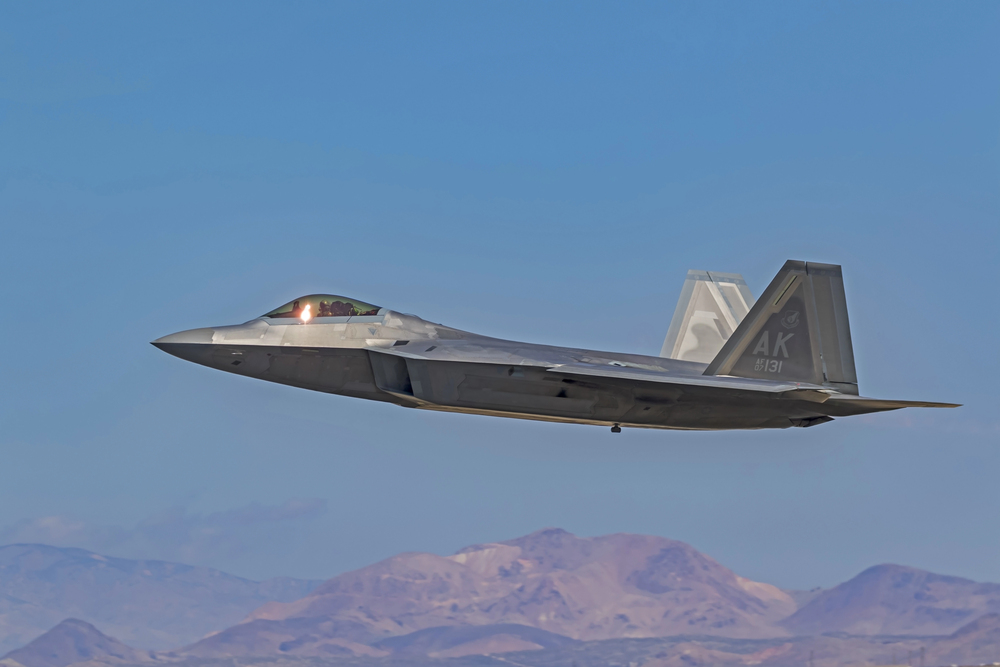
In June of 2025, in the spotlight of international pressure and technological competition, F-22 Raptors flew over Iran in Operation Midnight Hammer, providing cover for bombers and securing American air supremacy in one of history’s largest stealth air strikes. This deployment, a tribute to the Raptor’s timeless relevance, is timed when the U.S. Air Force is taking a gamble on a comprehensive “Super” viability package, an upgrade program that may decide the future of America’s flagship air dominance fighter as it navigates both technical and strategic junctures.
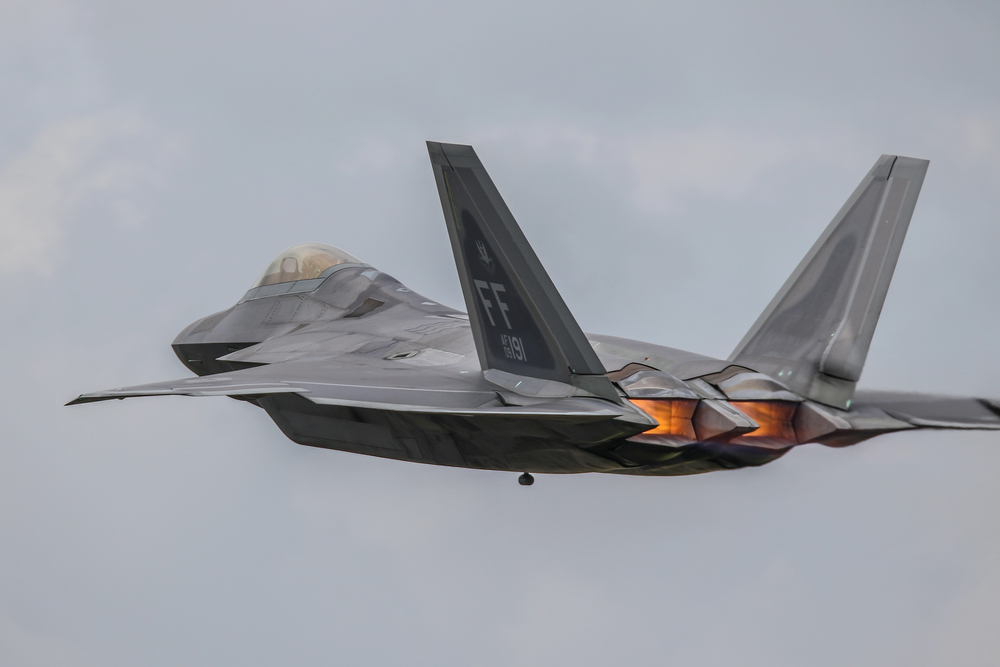
1. The F-22 Super: Stealth and Survivability Redefined
The FY2026 budget submission calls for an initial $90.34 million investment in a package of improvements that will turn the F-22 into a “Super” Raptor. The Air Force characterizes the effort as “future procurement of hardware and software capability enhancements related to, but not limited to Low Observable (LO) signature management, Pilot Vehicle Interface (PVI), countermeasures, helmet, future crypto upgrades, dynamic Synthetic Aperture Radar (SAR), cyber security, Infrared Defensive System (IRDS), which consists of enhanced missile launch detection capabilities, and Electronic Warfare (EW) system improvements to counter evolving EW threat.” The package is intended to keep the F-22 “at the tip of the spear for years to come” and prepared for joint operations in contested environments with peer adversaries.
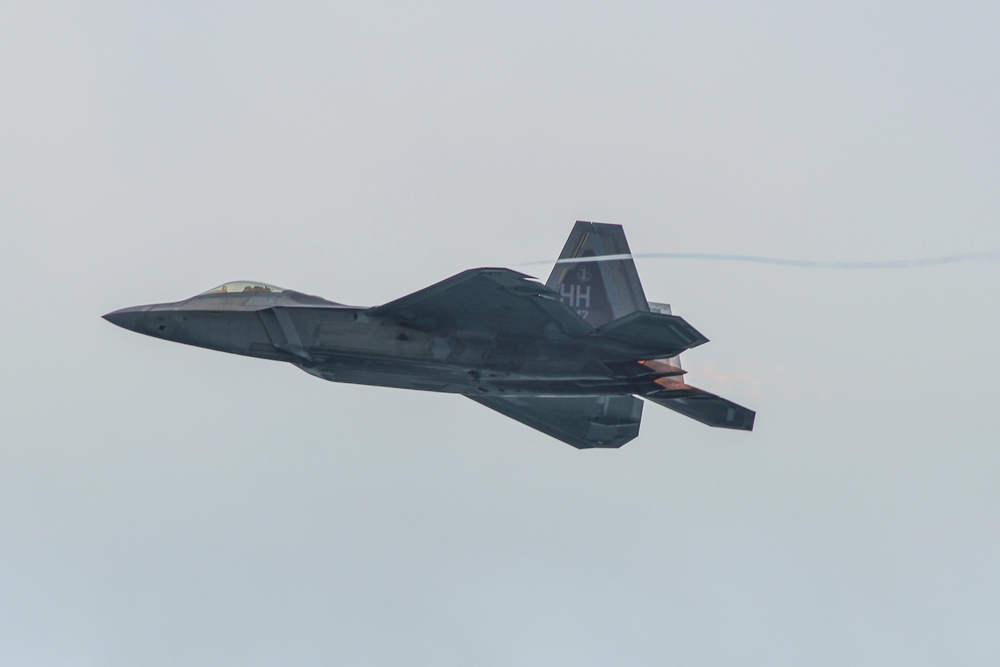
2. Advanced Stealth: Radar-Absorbent Materials and Signature Management
At the heart of Super Raptor’s vision is the future generation of radar-absorbent materials (RAM) and stealth coatings. New developments have created composite coatings that combine barium ferrite, nanostructured ceramics, and multi-layer films to provide broadband radar absorption and greater thermal stability over visible and infrared spectrums. These coatings, now being tested on F-22s and F-35s, are engineered to reduce maintenance burdens and environmental degradation, a notorious issue for legacy stealth finishes. The new RAMs are designed to absorb up to 95% of incident electromagnetic radiation, significantly reducing radar cross-section and enhancing survivability against advanced detection systems.
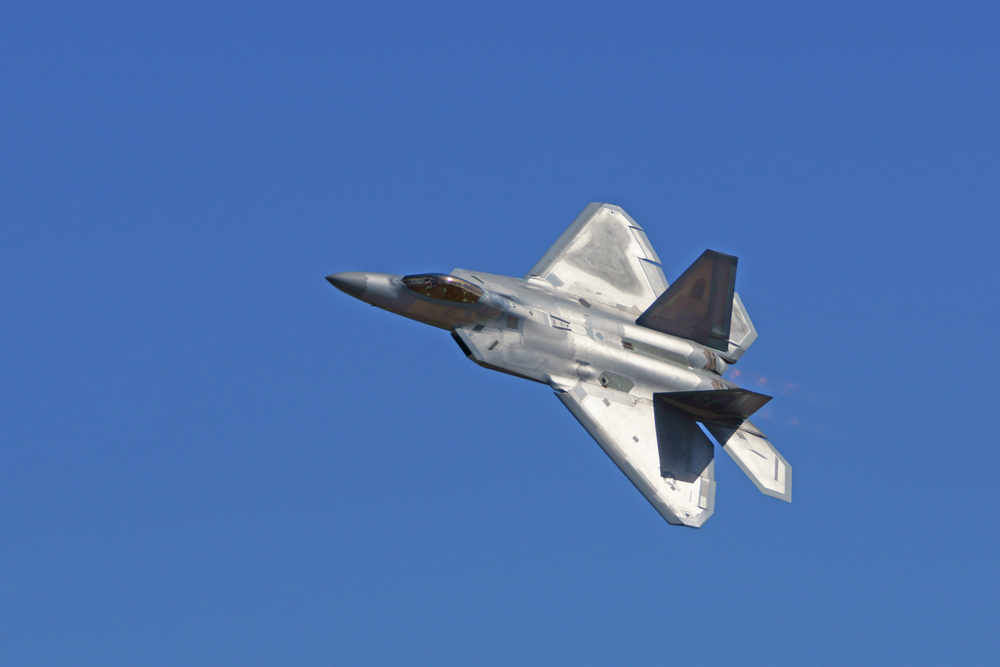
3. TacIRST and IRDS: The Infrared Edge
One of the cornerstones of the upgrade is the incorporation of Lockheed Martin’s TacIRST technology into the Infrared Defensive System (IRDS). TacIRST, a distributed array of small, staring sensors, offers passive, 360-degree infrared surveillance, a capability that enables the F-22 to detect, track, and identify hostile aircraft and missiles without radiating signals that would disclose its location. “We recognize the requirement for next-generation and adaptable infrared systems such as IRDS that will enable pilots’ missions to be more survivable and more lethal against current and future threats,” stated Hank Tucker, Lockheed Martin Vice President of Missions Systems. TacIRST-enabled IRDS is immune to electronic warfare, resolving a critical vulnerability since attackers are employing more advanced jamming and anti-stealth systems.
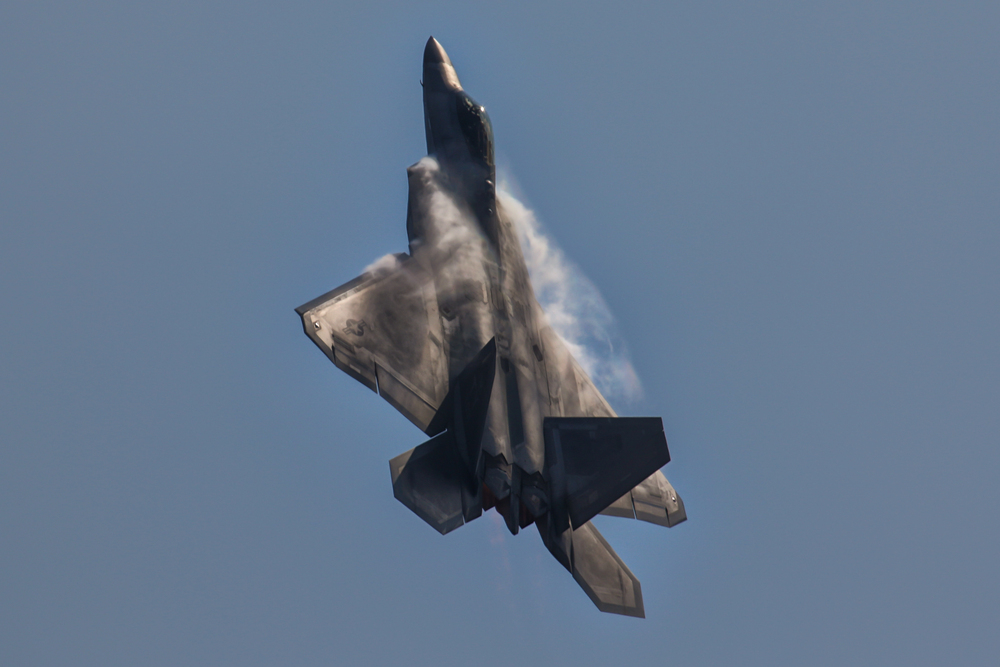
4. Sensor Fusion and Networked Targeting
The F-22 Super’s sensor suite is optimized for “first look, first shot, first kill” dominance. By multinetting various IRST sensors embedded among cooperating aircraft, the system can triple targets, creating engagement-quality tracks with no radar emissions. This feature is essential in an airspace filled with enemy stealth planes and long-range missiles, like China’s PL-15, which led the U.S. to speed development of the AIM-260 JATM for the Raptor. The marriage of IRDS and podded IRST data will be on par with the F-35’s touted Distributed Aperture System, providing the F-22 with new life as a technologically relevant aircraft.

5. Electronic Warfare and Avionics Modernization
To counter the ever-changing electronic warfare environment, the Super Raptor package also features an upgraded EW suite, dynamic SAR modes, and cybersecurity enhancements. The avionics revamp also introduces long-sought pilot interface enhancements, such as the Thales Scorpion Helmet Mounted Display, long-awaited off-boresight targeting, and increased situational awareness for F-22 pilots. They are engineered to provide smooth integration into joint and coalition missions, overcoming past limitations in Raptor networking and data sharing abilities.

6. Readiness, Maintenance, and Engine Overhauls
Despite the promise of technology, underneath it all is a nagging problem: readiness. Only 143 of the 185 F-22s in the fleet are combat-coded, with the rest wrapped up in training or on the ground for maintenance. The Raptor’s mission-capable rate has dropped to just 40.2%, a two-decade low. Analysts point to congressional limits on phasing out older, high-maintenance Block 20 airframes as the primary reason.
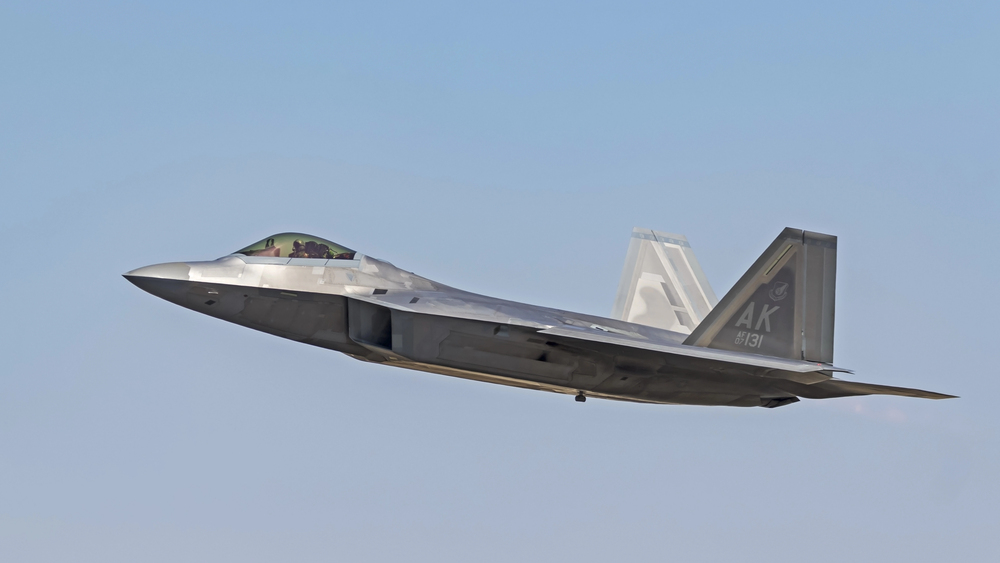
To make this happen, Pratt & Whitney has received a $1.5 billion contract to refurbish the F119 engines, implementing a Usage-Based Lifing program that utilizes real-time data to maximize maintenance and optimize engine lifespan. “We are working to enhance both while reducing lifecycle costs,” said Jill Albertelli, president of Military Engines at Pratt & Whitney. The objective: restore the Raptor’s operational readiness and allow the fleet to take advantage of its new capabilities.

7. Strategic Trade-Offs: F-22 Super vs. F-47 NGAD
The Super Raptor program is playing out as the Air Force invests in the F-47 NGAD program, a sixth-generation “stealth++” fighter with an expected $3.5 billion budget per year and a planned fleet of at least 185 aircraft. The F-47 envisions longer range, more versatility, and lower maintenance requirements due to strong, baked-on stealth coatings. Its unit price, however, will likely be over twice that of the F-35, and that suggests costs and fleet size concerns. “We simply did not have enough money in budget projections to cover the planned sixth-generation fighter and other high priorities,” former Air Force Secretary Frank Kendall said. With Boeing’s fighter division seeing labor turmoil and production setbacks, the F-22 Super’s upgrades could be an essential bridge to NGAD, with common technologies used while making the Raptor relevant through the 2030s.
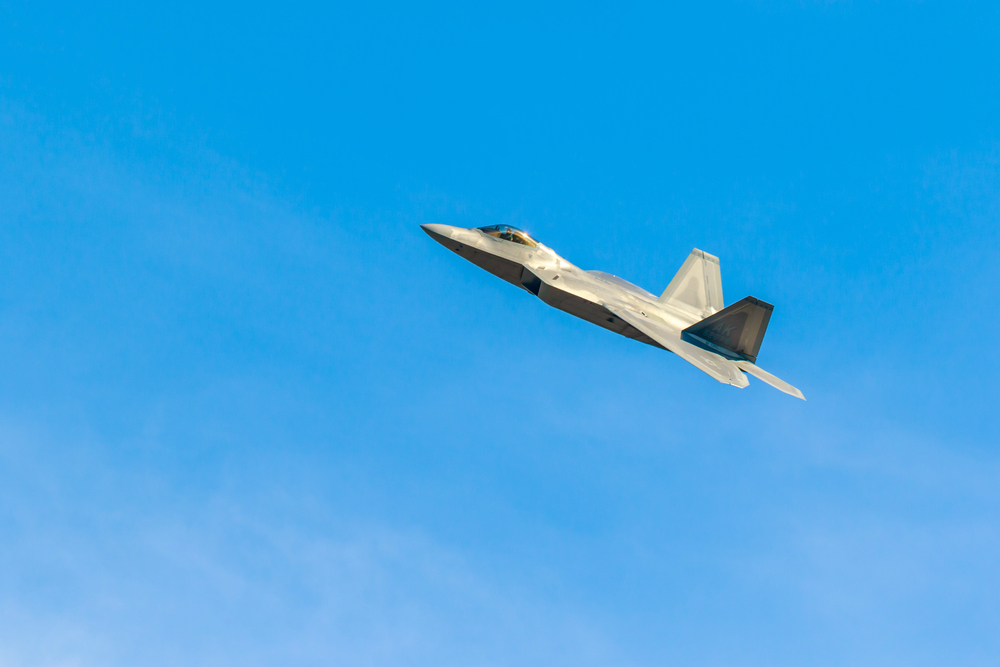
As the Air Force deliberates, the stakes are obvious: the F-22 Super will succeed only if it brings not only advanced stealth and sensors but also ends the fleet’s readiness crisis and finds the fine balance of resources between heritage platforms and the next-generation air superiority promise.


